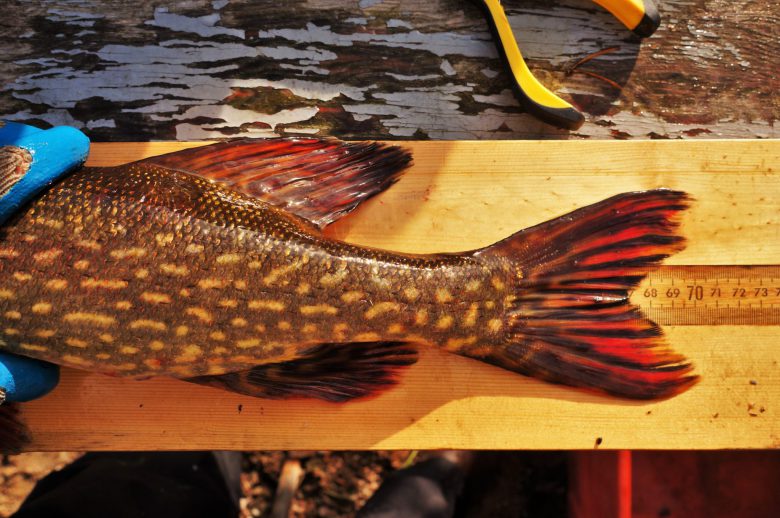Comment February 11, 2018
Protecting All of Canada’s Freshwater Populations: IISD responds to the revised Fisheries Act
By Vince Palace, Head Research Scientist
This week, the Government of Canada publicly proposed a series of amendments to the Fisheries Act.
It is seeking to restore many of the protections lost in the last series of amendments in 2012, and also to advance the scope of the Act.
Vince Palace, head research scientist, IISD Experimental Lakes Area, explains why the new changes matter, and where we can go from here.
“For the many diverse freshwater ecosystems in Canada to flourish, our Fisheries Act must be dedicated to fully protecting all fish and their habitats. But the 2012 amendments to the Act stripped its protection of the environment as a whole, and afforded protection only to fish related to a commercial, recreational or Aboriginal fishery.
While we recognize that Canada’s fisheries are one of its largest and most valuable industries, the Fisheries Act had always rightly been a comprehensive force for all freshwater protection. We therefore greatly welcome the restoration of the Act’s commitment to protect all of Canada’s fish species.
For the many diverse freshwater ecosystems in Canada to flourish, our Fisheries Act must be dedicated to fully protecting all fish and their habitats.
It is important to note that the Act also pledges protection of fish habitats. This is a critical detail—the term “fish habitats” encompasses the physical spaces where fish carry out their life processes as well as the resources on which they depend for survival. For example, the revisions now include protection for small prey species of fish and aquatic insects that form the fundamental base of the aquatic food web. This fundamental refocusing of the Act promotes the overall health of Canada’s aquatic ecosystems.
Another critical step forward is that this iteration of the Fisheries Act explicitly includes Indigenous knowledge to inform decision making. There is also a proposed amendment that would consider any potential adverse effects of decisions on the rights of Indigenous peoples.

The proposed amendments to the Fisheries Act will protect all fish species and their habitats, not just those for commercial purposes.
When it comes to freshwater protection, we at IISD Experimental Lakes Area have learned that appropriate application of traditional knowledge can bring crucial benefits.
For example, detailed observations on fish behaviour, populations and sizes have been passed among generations of Indigenous people. This information will prove vital if we are to successfully understand how climate change is affecting fish populations and how best to adapt to those changes. Including this information can afford so many advancements in environmental protection.”